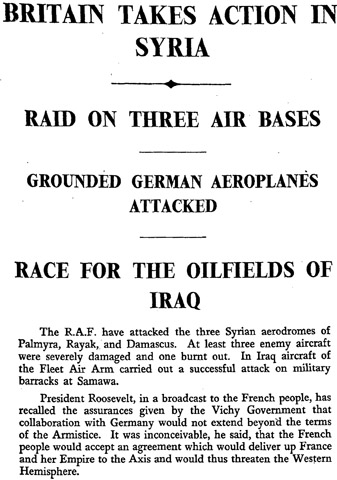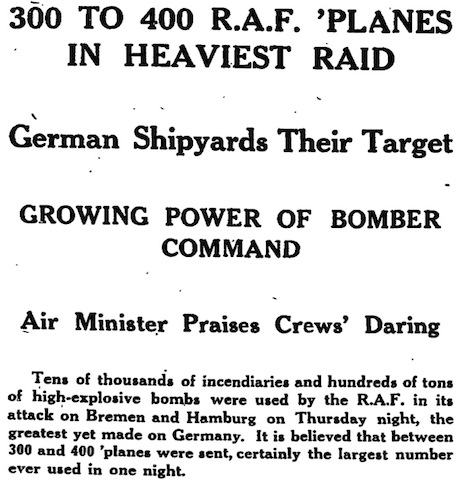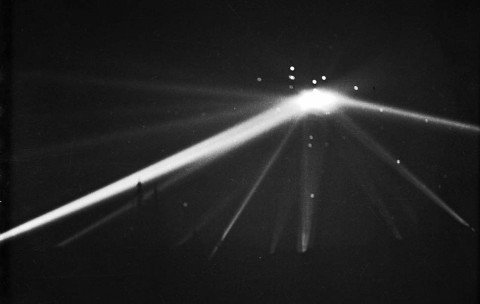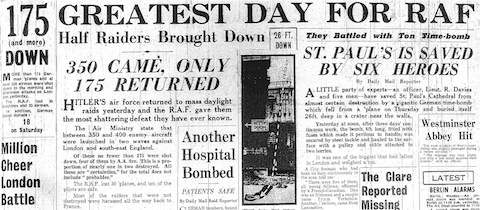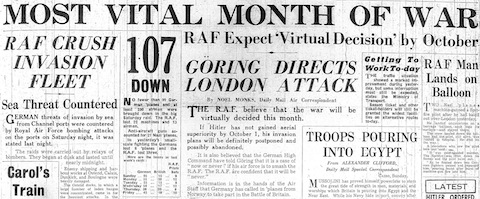Dreaming war, seeing aeroplanes — I
While researching a possible British mystery aeroplane in 1936, which turned out to be nothing interesting, I came across a genuine mystery aeroplane scare which I’d never heard of before, from Australia and New Zealand in March and April 1918. I’m sure somebody else must have noticed it before now, as it was trivial to […]


